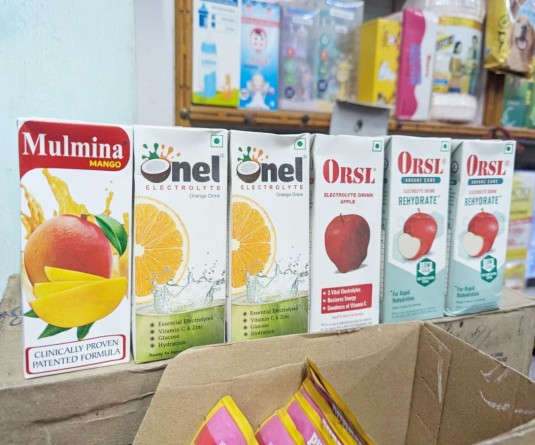
Rate lowest in Lakshadweep; highest in Bihar, Tripura and West Bengal
Morung Express News
Dimapur | December 17
Nagaland has the lowest prevalence of child marriages in the North East region while it was second nationally among the States, revealed a national health survey.
With 5.6% of ‘Women aged 20-24 years married before age 18 years,’ Nagaland’s performance was among the best in the country, informed the latest National Family Health Survey (NFHS-5) 2019-20, covering 22 States and Union Territories (UTs) in the country.
It declined from 13.4% in the last survey NFHS -4 (2015-16).
Besides being lowest in the NE, Nagaland was second behind the lowest percentage in India among the states - Himachal Pradesh at 5.4%. Goa came third with 5.8%
Mizoram at 8.9% and Sikkim at 10.8% were 2nd and 3rd respectively in the North East.
Overall, however, with just 1.3%, the UT of Lakshadweep had the lowest rate in India while areas in the northern Himalayan Region in the survey showed declining and low prevalence across the board.
Accordingly, Lakshadweep was followed by closely by the UTs of Ladakh with 2.5% and Jammu & Kashmir (4.5%).
Alarmingly, however, other NE states reported relatively high prevalence of early marriages, with as high as 40.1% in Tripura, followed by 31.8% in Assam, 16.9% in Meghalaya, 16.3% in Manipur. Data for Arunachal Pradesh are not available so far.
Nationally, apart from Tripura, over 40% women were married before they turned 18 in Bihar and West Bengal.
In Nagaland, the percentage of women age 15-19 years who were already mothers or pregnant at the time of the survey fell from 5.7% in 2015-16 to 3.8% in 2019-20.
During the same period, ‘Men age 25-29 years married before age 21 years’ decreased from 8% to 5% denoting a delay of marriages in Nagaland.
According the a PTI news agency, Andhra Pradesh (12.6%), Assam (11.7%), Bihar (11%), Tripura (21.9 %), West Bengal (16.4 %) reported the highest number of women aged 15-19 years who were already mothers or pregnant at the time of the NFHS-5.
Use of Family Planning Methods increasing, but onus mostly on females
Meanwhile, the survey highlighted that the usage of family planning methods is gaining momentum in Nagaland, but onus seems to fall solely on women.
The percentage of surveyed using ‘Any modern method’ of family planning in Nagaland increased from 21.3% in 2015-16 to 45.3% in 2019-20.
Among the methods used by currently married women aged 15–49 years, the most widely used method was Intrauterine devices (IUDs) or Postpartum IUD (PPIUD) which increased from 6.7% to 19.0%.
It was method was followed by sterilisation which increased from 9.1% in 2015-16 to 14.4% 2019-20 in 2020.
Interestingly, data from NFHS -3 (2005-06) to NFHS -5 showed that responsibility of sterilisation mainly falls on women.
Male sterilisation was zero in all the surveyed years.
Combined together, IUD/PPIUD and sterilsation, constituted nearly 40% (37.8) of the total (45.3%) modern Family Planning Methods used in the state.
Usage (%) of pills, condoms and injectables were at 6.4, 3.3 and 0.3 respectively.
Number of respondents using any method of family planning increased to from 26.5% in 2015-16 to 57.4% in 2019-20, depicting prevalence of traditional or other methods.
The NFHS-5 is being conducted on 6.1 lakh sample households, involving household-level interviews to collect information on population, health, family planning and nutrition related indicators,
In Nagaland, NFHS-5 fieldwork was conducted from July 15, 2019 to December 6, 2019 by Research and Development Initiative (RDI) Pvt. Ltd. Information was gathered from 10,112 households, 9,694 women, and 1,456 men, as per the report.




